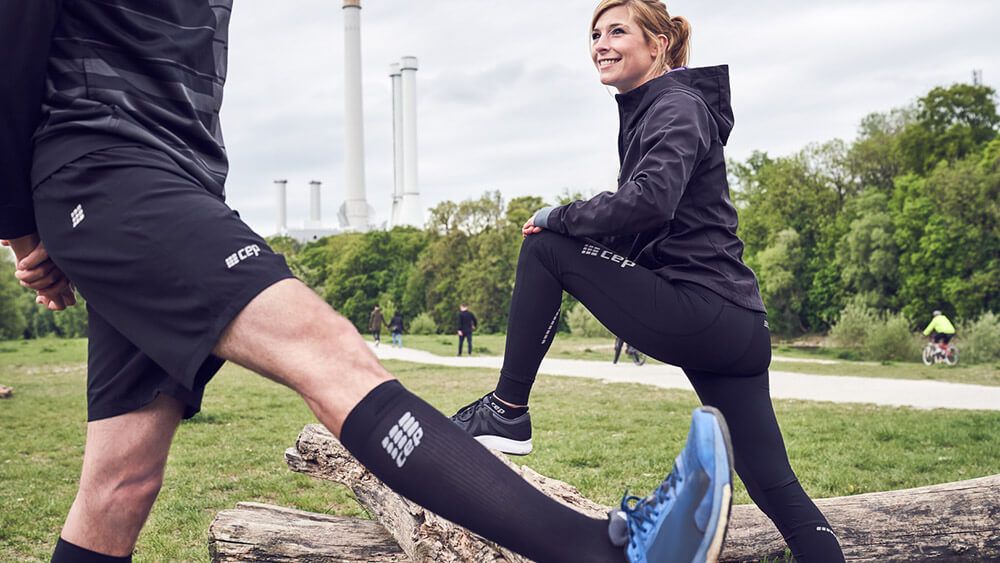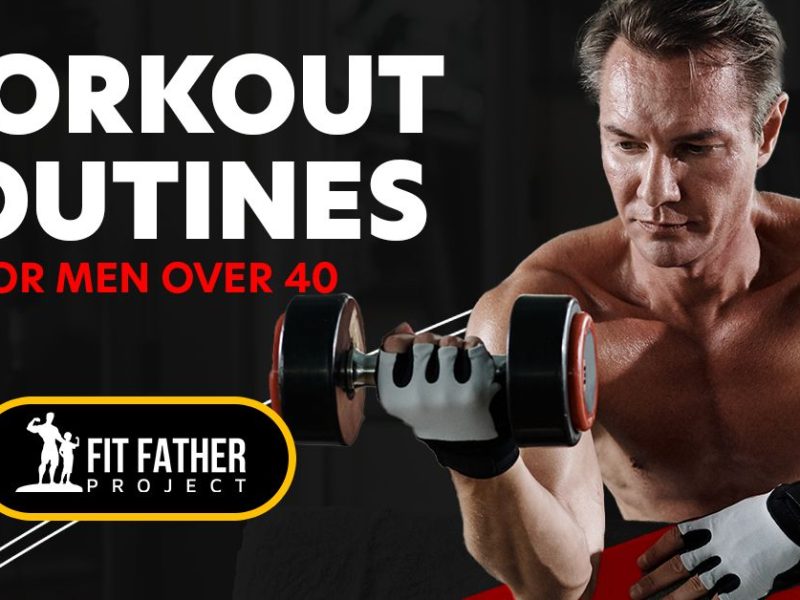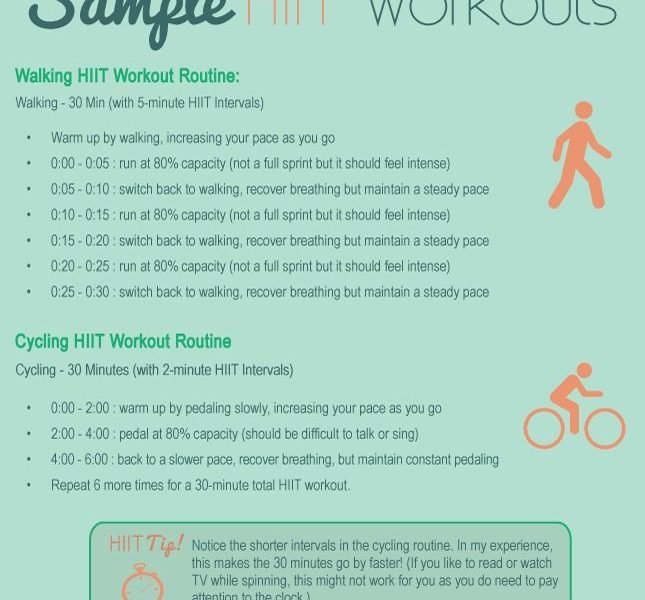Whether you are an athlete looking to improve your performance or someone who just wants to recover faster after a workout, compression gear can be a game-changer. Compression gear has become increasingly popular in the world of sports and fitness for its ability to enhance blood flow and reduce muscle soreness. In this article, we will discuss how to effectively use compression gear for better recovery.
Understanding Compression Gear
Compression gear is designed to apply pressure to specific areas of the body, such as the arms, legs, or torso. This pressure helps improve blood circulation, reduce muscle vibration, and support the muscles during physical activity. The tight fit of compression gear also provides a sense of stability and can help reduce swelling and inflammation.
Choosing the Right Compression Gear
When selecting compression gear, it is important to consider factors such as the level of compression, material, and fit. Compression gear comes in different levels of compression, ranging from light to firm. It is essential to choose a level that suits your needs and preferences. Additionally, make sure to select gear that is made from moisture-wicking fabric to keep you dry and comfortable during workouts.
Wearing Compression Gear During Exercise
Compression gear is most effective when worn during exercise. Whether you are lifting weights, running, or participating in a sports activity, wearing compression gear can help improve circulation and reduce muscle fatigue. Make sure to wear gear that fits snugly but is not too tight, as this can restrict movement and cause discomfort.
Using Compression Gear for Recovery
After a workout, wearing compression gear can help speed up the recovery process. The increased blood flow and oxygen delivery to the muscles can reduce muscle soreness and stiffness. It is recommended to wear compression gear for at least an hour after a workout to reap the benefits of better recovery.
Combining Compression Gear with Other Recovery Techniques
While compression gear is a powerful tool for recovery, it is essential to combine it with other recovery techniques for optimal results. This may include foam rolling, stretching, and proper nutrition. By incorporating compression gear into a comprehensive recovery routine, you can maximize your performance and reduce the risk of injury.
Listening to Your Body
As with any fitness tool, it is crucial to listen to your body and adjust accordingly. If you experience any discomfort or pain while wearing compression gear, remove it immediately. Additionally, pay attention to how your body responds to wearing compression gear during exercise and recovery. By tuning in to your body’s signals, you can make informed decisions about how to incorporate compression gear into your routine.
Conclusion
Compression gear is a valuable asset for athletes and fitness enthusiasts looking to enhance their performance and recovery. By understanding how to use compression gear effectively, choosing the right gear, and incorporating it into your routine, you can experience the benefits of improved blood flow, reduced muscle soreness, and faster recovery. Remember to listen to your body, combine compression gear with other recovery techniques, and enjoy the results of better recovery with compression gear.
Start using compression gear today and unlock its potential for better recovery!


